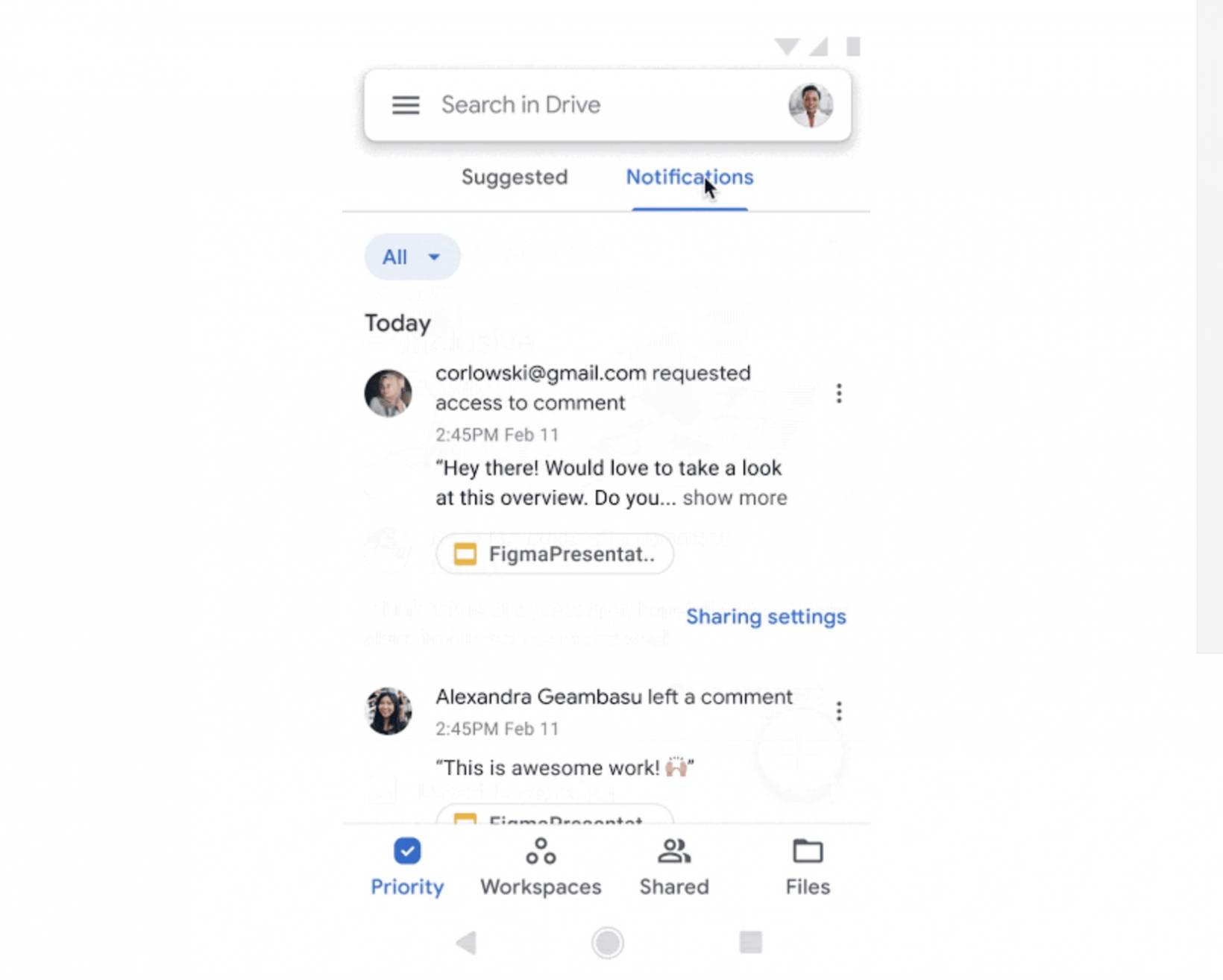Meet The New Nest Hub – The Sleep Sensing Smart Screen - Android
Today's a big day for smart home enthusiasts, because Google has officially announced the new Nest Hub, a sleep sensing smart screen that helps you tackle your day then rest up by assisting you in getting a good night's sleep. The big change for this new Nest Hub is the Sleep Sensing feature. While there [...]
Read More...
The post Meet The New Nest Hub – The Sleep Sensing Smart Screen appeared first on Android Headlines.

Today's a big day for smart home enthusiasts, because Google has officially announced the new Nest Hub, a sleep sensing smart screen that helps you tackle your day then rest up by assisting you in getting a good night's sleep.
The big change for this new Nest Hub is the Sleep Sensing feature. While there are certainly other changes included, Sleep Sensing is probably the most "stand-out" feature due to its use of Google's Soli radar technology.
Not familiar with the Soli radar tech? Google used it in the Pixel 4 and Pixel 4 XL smartphones. There, the soli radar chip in the phone's top screen bezel would sense when you wave your hand in front it for things like skipping songs or pausing playback. It could also recognize your facial unlock. Since the Pixel 4 line didn't include fingerprint sensors for bio unlock like past Pixel devices.
Here, with the new Nest Hub, the soli chip is used to help record important sleep data. As Google wanted to ensure a level of privacy due to the bedroom being the location needed to record sleep data.
Nest Hub Sleep Sensing data is processed on the device only
As noted Google designed this with privacy in mind. So to that end any of the captured sleep data that is sensed by the Soli radar tech is only processed on the Nest Hub itself.
More specifically, it's the audio and raw Soli data that is only processed on-device. What Google has access to outside of the Nest Hub is just the sleep event data. Worth noting is that Sleep Sensing is an opt-in feature. So that means the device won't track your sleep event data if you don't opt into using it. However, this is probably a feature that is set to opt-in by default. So make sure to uncheck any boxes that are around if you want to opt out of using the feature when you go to set up the device for the first time.
With Sleep Sensing on, the Nest Hub can track and then visualize for you three important sleep metrics. Which include the quality of your sleep, our sleep schedule, and the duration your sleep each night. You can even link that information to Google Fit which can then give you insight into your sleep quality and make suggestions on how to improve it.
It also uses sound, light, and temperature sensors to to determine different factors that can impact you overall sleep quality.
In terms of other features, it'll do everything the last Nest Hub did. So use it for asking Google questions, checking the weather, or as an alarm clock.

The new Nest Hub pumps out more bass and it's more sustainable
Those that use the Nest Hub as a speaker will be happy to know that the new Nest Hub will pump out more bass than the previous model.
Google says that the new model 50% more bass for bigger, richer sound. So expect a better overall experience when listening to music on YouTube or watching something on Netflix. And, you can use the Motion Sense powered by the Soli chip for touchless playback controls.
Google made the Nest Hub more sustainable this time around too. Stating that more than half of the plastic used in the assembly is post consumer recycled plastic. Specifically 54%.
Pre-orders start today
Looking to get your hands on this new device? You'll have to wait a little bit longer before it arrives. But you can pre-order it starting today from the Google Store.
The new Nest Hub retails for $99.99. So the price stays the same. It also comes in four color options, which include Mist, Charcoal, Sand, and Chalk. Which matches the color scheme of the Nest Mini.
New Nest Hub

The post Meet The New Nest Hub – The Sleep Sensing Smart Screen appeared first on Android Headlines.
16/03/2021 02:06 PM
The RedMagic 6 and its 165Hz refresh rate outshines the ROG Phone 5
16/03/2021 02:49 PM
Top 4 Slot Games from Android Play Store to Play in March 2021
16/03/2021 02:09 PM
Google Drive app makes notifications more accessible
16/03/2021 03:57 PM
Nubia RedMagic 6 is a $599 gaming phone with a 165Hz screen, Snapdragon 888
16/03/2021 12:00 PM
Xbox tests a 'suspend my game' button to speed up downloads
16/03/2021 11:02 PM
Instagram will now stop adults from messaging teens who don't follow them
16/03/2021 10:57 PM
XNSPY - Best Phone Monitoring App with Just One Major Caveat
16/03/2021 05:31 AM
- Comics
- HEALTH
- Libraries & Demo
- Sports Games
- Racing
- Cards & Casino
- Media & Video
- Photography
- Transportation
- Arcade & Action
- Brain & Puzzle
- Social
- Communication
- Casual
- Personalization
- Tools
- Medical
- Weather
- Shopping
- Health & Fitness
- Productivity
- Books & Reference
- Finance
- Entertainment
- Business
- Sports
- Music & Audio
- News & Magazines
- Education
- Lifestyle
- Travel & Local







